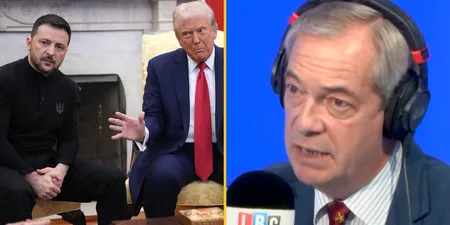Understanding the UEFA Nations League is a lot like an orange
First you have the skin… okay that analogy doesn’t work as well with the UEFA Nations League as it does for marriage, but the point remains that this new competition – one which has been decried as complicated and convoluted – is actually very, very simple.
In this very easy explainer, we will explain to you how it works, what its purpose is and why it is taking place.
How does the UEFA Nations League layout work?
First off, it is important to remember that all teams in Europe are now split into four separate leagues: A, B, C and D.
Each of these leagues are themselves split into four groups (1, 2, 3 and 4), with each team playing each other home and away during September, October and November 2018.
What is the purpose of these games?
These games are played instead of European friendly matches. The winners of the groups in League A will qualify for the UEFA Nations League final next June, where two semi-finals, a third place play-off and a final will take place.
The bottom teams in the four groups in Leagues A, B and C will be relegated, while the teams which top the four groups in Leagues B, C and D will gain promotion.
What else is to be gained from this endeavour?
Well, it’s funny you asked. The winners of each group throughout the four leagues will automatically gain a place in the play-offs for the 2020 European Championships.
If a team tops their group but has already qualified for the tournament, the next best-ranked team in their league will take their place.
Here are the different leagues with the league, starting with League A, which features the top tier teams in Europe such as world champions France; Belgium, Germany and Croatia.

League B – as you can imagine – features the team ranked lower than A, such as the Czech Republic, Denmark, Ukraine and Turkey.

League C features the likes of Scotland, Finland, Norway and Romania.

And League D, the lowest tier, features the likes of Andorra, San Marino and Gibraltar so, y’know, the big hitters.





































